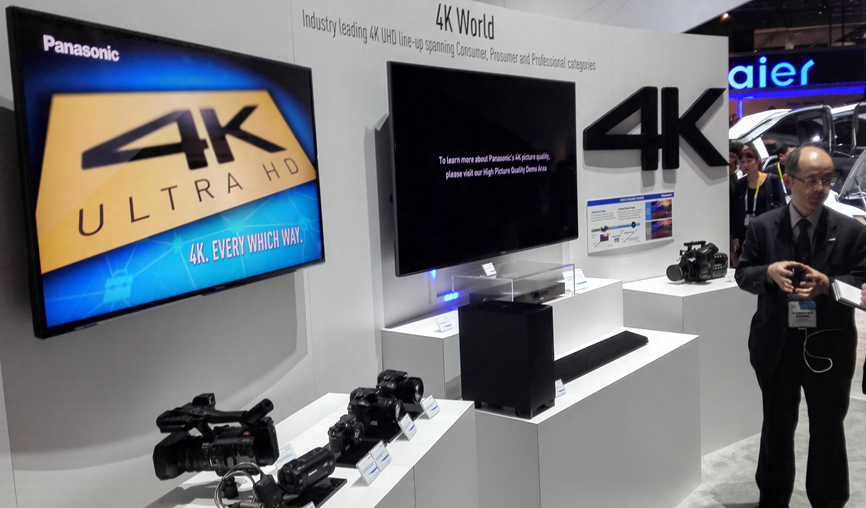As technology surges forward with violent force, there’s a few casualties along the way. Over the years we’ve seen many media types disappear and be replaced by technically superior alternatives. CDs were outclassed by the storage size of DVDs, and when we hit the limits of size on DVDs, the next and current optical format arrived, Blu-ray.
In 2015 we’re spoilt for choice in terms of moving content around, whether as a consumer or commercial release. Fans of optical media appreciate the cost, portability, and shareability of discs, but over the years the physical media has changed from a benefit to a restriction.
As we stream more audio and video content online through services like Spotify and Netflix, and downloading games directly to the consoles, going out to a store to buy or rent a circular piece of plastic seems ridiculously outdated.
Yes there’s the issue of playback in specific circumstances where the user isn’t online, but that’s a problem with diminishing instances. There’s no doubt the convenience of click-to-play content over the internet has surpassed the capabilities of optical media.
Take a second to consider how backups are made. We don’t burn CD or DVDs to backup our computers, we use hard drives, or cloud services, everything stays electronic which makes sharing infinitely easier. There’s no size restrictions on the web, so regardless of video quality, the system works. As we move from 1080p to 4K and beyond, the amount of data is growing fast, so whatever the size of a new medium, it’ll be doomed to failure, when the internet is unlimited, simply place the file on a CDN and share it out with the world.
Simulated examples of how Panasonic see the UHD HDR looking like compared to standard UHD footage. The difference is real and HDR is important. This does come with extra bandwidth requirements, but Netflix estimates a 5-6Mbps stream may be 7-8Mbps with HDR.
Many thought Blu-ray would be the last version of optical storage because of the reasons I’ve identified, but it seems Panasonic isn’t ready to let go. At CES 2015 this week, they were showing a UHD Blu-ray player that has support for HDR. Sometimes prototypes are an experiment to gauge consumer reaction, like many of the concept cars at the show. This however, Panasonic believes will be a new optical standard.
It’s a long road to go down to introduce a new format, you have to get a number of manufacturers to agree on a standard, then get hardware built, then convince movie and TV studios to output their productions in another format. You then need the consumer part in the chain, this means a lot of marketing around the benefits of the new format and why they need to upgrade as well as having retailers stock the new format.
UHD Blu-ray will fail. There’s no question this is a bad idea, optical media just can’t compete in a world with a growing internet. Using sophisticated compression algorithms, UHD content can be streamed without the multiples of bandwidth you may expect. This makes getting out to consumers possible to a lot on existing networks and as those networks increase in speed, the quality can increase dynamically per connection.
The other side of the coin is the media producers, from games, to music, to movies and TV shows, they’ve all seen the light. They don’t want to sell you a format you can pass to a friend or resell, they want to sell a copy per person and with internet delivery that model works. This enables some more creative business models like lowering the cost per user and mass distribution.
I asked if I could see what the disc looked like, assuming it’d have some visual differences. I was told the only one was inside the player which was surrounded by a plastic Fort Knox. It is expected to hold 100GB of data vs the dual-layer Blue-rays that hold 50GB. Panasonic believes the data bandwidth of the video would be around the 100Mpbs mark. There’s no internet stream that’s anywhere close to that number, today, but in the race to overcome the challenges listed above, I’d put money on bandwidth increasing faster than a new optical format takes off.
I wish you the best of luck Panasonic, you have your work cut out for you.





